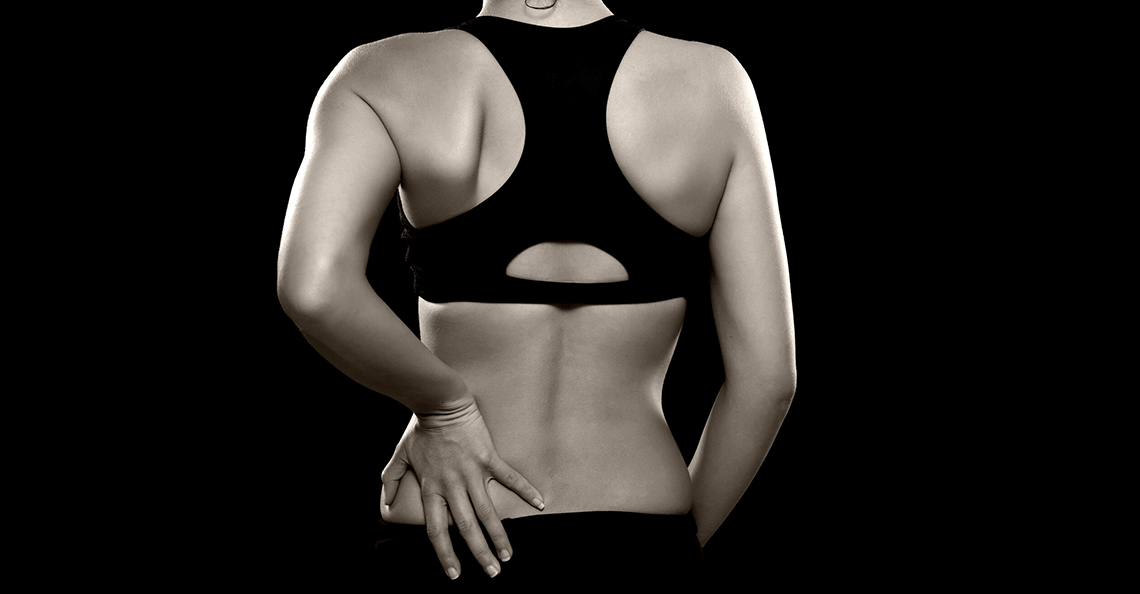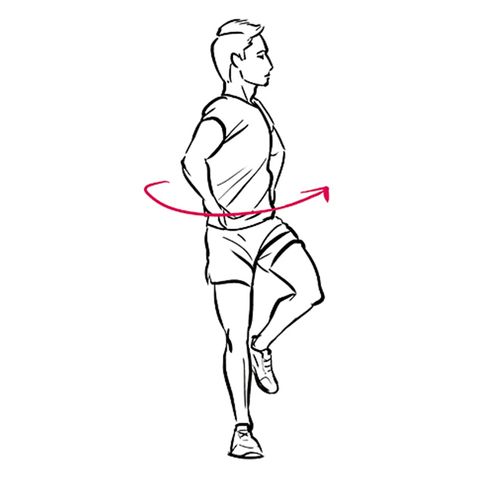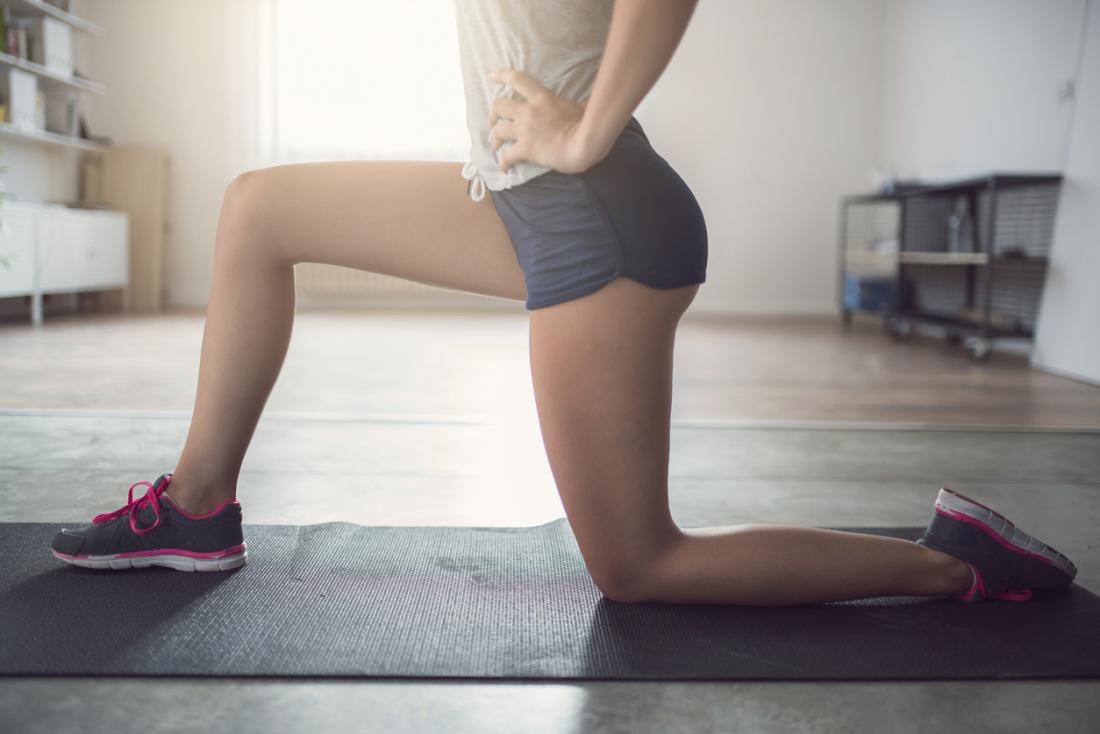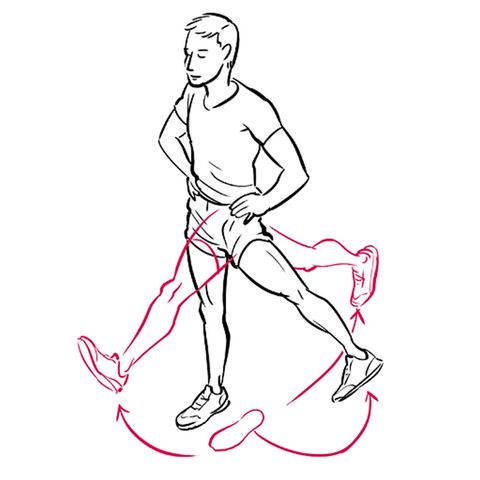
Extremely simple and effective asymmetrical exercise that aims to stretch the muscles in the back of the thighs. It can be performed by people with different levels of physical training and does not require special equipment.
Contraindications
- Do not apply in overweight;
- Do not use for injuries to the knees, hips or ankles.
Muscles involved in stretching
Main stretched muscles of the stretched leg
- Muscles of the back of the thigh (Biceps femoris, Semimembranosus, Semitendinosus, Adductor magnus)
- Calf (Gastrocnemius)

Stabilizing muscles of the stretched leg
- Muscles of the thigh (Rectus femoris, Vastus lateralis, Vastus medialis, Tensor fasciae latae)
- Rectus abdominis, Iliopsoas
- If the feeling of stretching begins before you have fully extended the knee joint, you can leave it bent until the length of the muscle fibers allows you a greater range of motion.
- For a slightly deeper stretch, you can place the stretched leg on a support raised 15-20 cm from the floor.
- Take support on your knees and palms.
- Move the right leg forward in an attack without lifting the left knee off the ground.
- Place your hands on either side of the forward leg.
- With a pelvic-initiated movement, begin to shift the weight back until the right foot remains with the heel on the floor, the foot in the counter-spike, and the knee fully extended. Do not sit on the hind leg, but keep his knee joint bent at a right angle.
- Leave your hands on the ground and do not bend over when moving backwards and during the holding phase. Gently press with the abdomen in the direction of the stretched leg.
- Hold for 15-20 seconds and return to starting position. Repeat with the other leg.
Always work to the limits of your own comfort to avoid overstretching muscle fibers, ligaments or more serious injuries. Keep the quadriceps in a constant contraction while holding the pose so as not to transfer stress to the tendons. Like all stretching exercises, perform with warm muscles.
The exercise is applicable both for beginner fitness enthusiasts and advanced athletes, aiming for better muscle recovery and higher efficiency in movement. Extremely suitable for performance after pace running, sprint, strength and strength training. The posture would significantly improve the range of motion during exercises such as squats, deadlifts, seizures and more.


